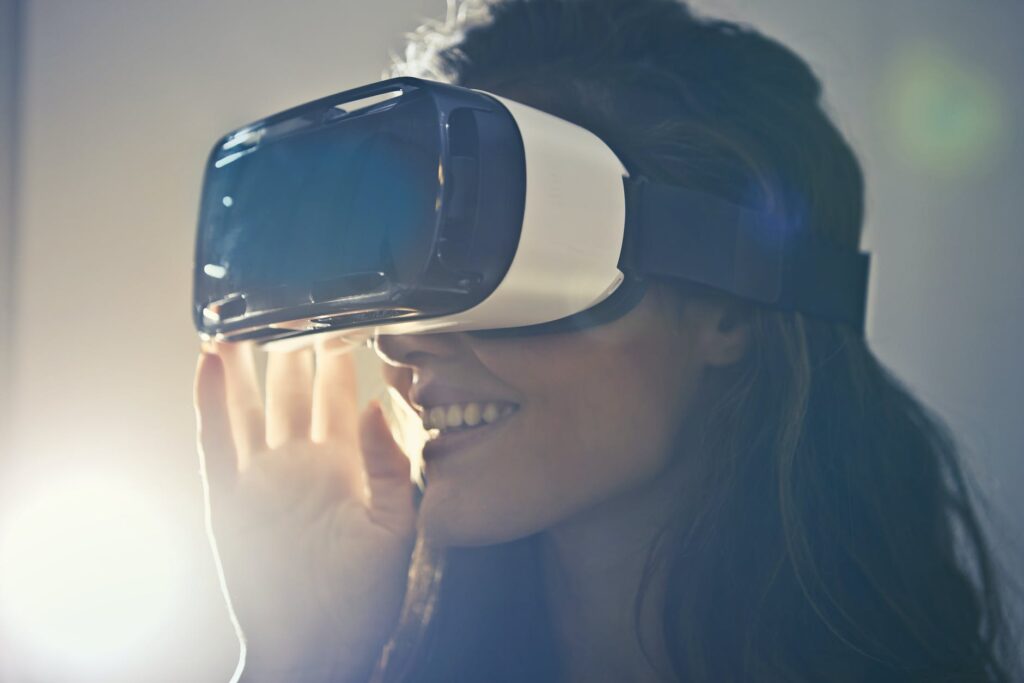
Introduction
There is no doubt that Virtual Reality (VR) is one of the most exciting technology trends of the 21st century. Say’s Dr. Julian Mitton, the potential applications for VR are endless, including military training, medical training and therapy, surgical rehearsal, and pain management.
Applications of VR in medicine include military training, medical training and therapy, surgical rehearsal, and pain management.
Virtual reality is also used in medical training and therapy. VR has been used to train doctors, nurses and paramedics on how to respond in emergency situations. It can be used for surgical rehearsal, where surgeons practice their procedures on a virtual patient before doing them on real patients. This allows them to get feedback from the simulation which they can then use when performing surgery on real people.
Military Training
Military training is a virtual reality training tool that can be used to train soldiers for combat. It can be used to simulate combat situations, allowing soldiers to practice the skills required in real life before they’re put into actual danger.
Virtual reality technology has been used by the military since the early 1990s when it was first introduced as an alternative method of training soldiers who were unable to attend live-fire exercises due to injury or other reasons.
Medical Training and Therapy
Virtual reality can be used for medical training and therapy. The technology is being used to treat phobias, post-traumatic stress disorder (PTSD), addiction and other mental health conditions. It’s also being used to help train medical students and residents by providing real-world scenarios that would otherwise be difficult if not impossible to recreate in a live setting.
Surgical Rehearsal
Surgical rehearsal is a way for doctors to visualize and practice procedures before they actually perform them. This can help surgeons prepare for real surgery, as well as eliminate some of the anxiety that comes with working on a patient’s body. For example, if you’re about to operate on someone’s heart, it would be beneficial for both you and your patient if you were able to practice opening up their chest cavity before actually doing so in real life.
In addition to preparing surgeons for surgery, virtual reality has also been shown to improve surgical outcomes because it allows doctors to practice more often than they normally would without VR technology.
Pain Management
VR can be used to reduce pain by distracting patients from their pain. VR has been shown to distract the mind from painful stimuli and reduce the perception of pain. This can be accomplished by immersing patients in an environment where they are less aware of their surroundings, such as a virtual world or movie theater screen.
The use of VR in pain management is still in its infancy, but early results show promise for this technology being able to help people manage chronic conditions like migraines and arthritis that cause severe discomfort on a daily basis.
Conclusion
VR is an exciting new technology that has a number of applications in the medical field. It can be used to train medical students, help patients manage their pain after surgery and other procedures, and even rehearse surgical procedures before they happen in real life. With its immersive nature and ability to create lifelike environments, VR is a promising tool for improving patient care while also saving money on resources like time spent on training or travel costs associated with traveling to specialist appointments across town or even overseas!